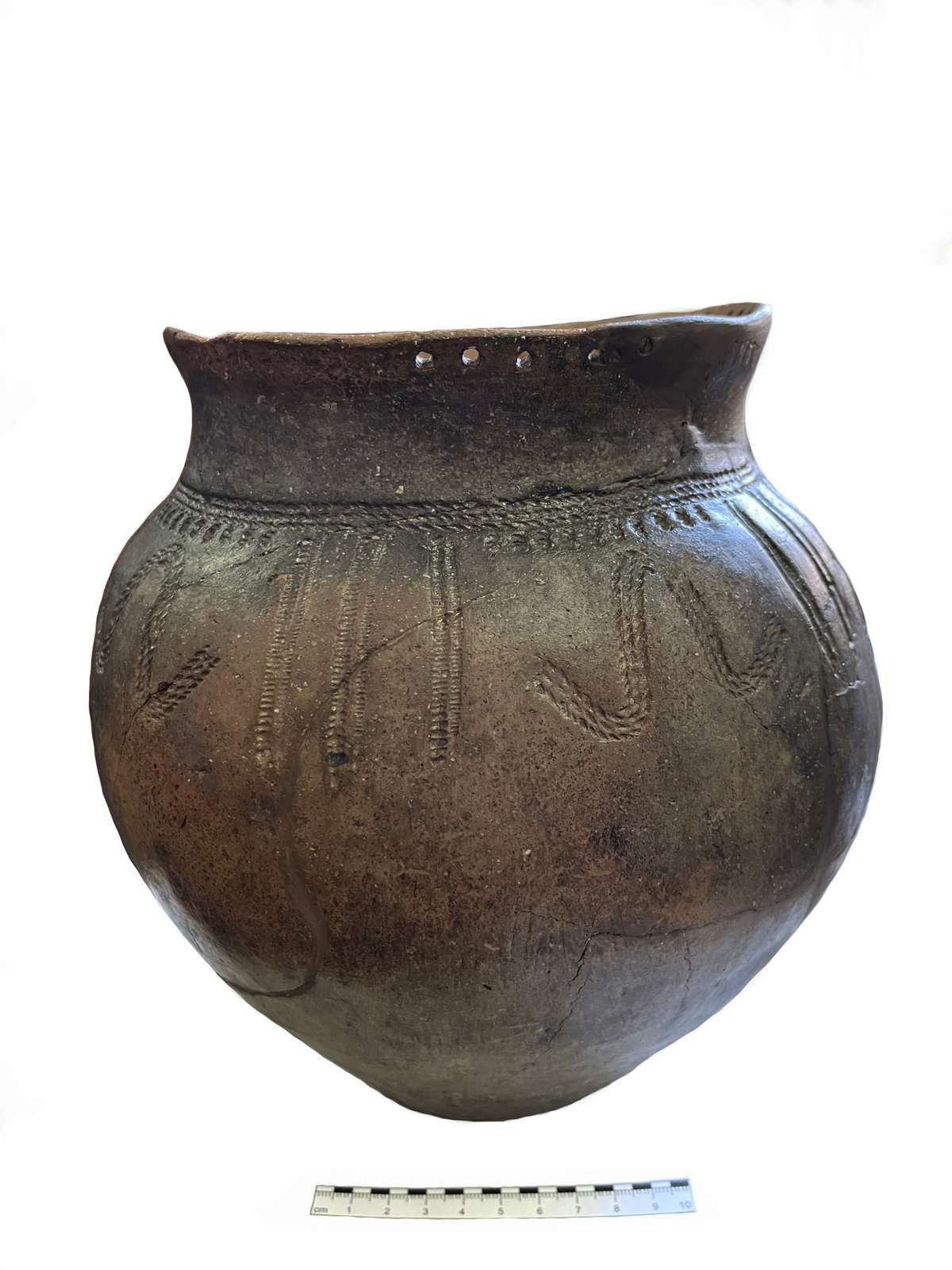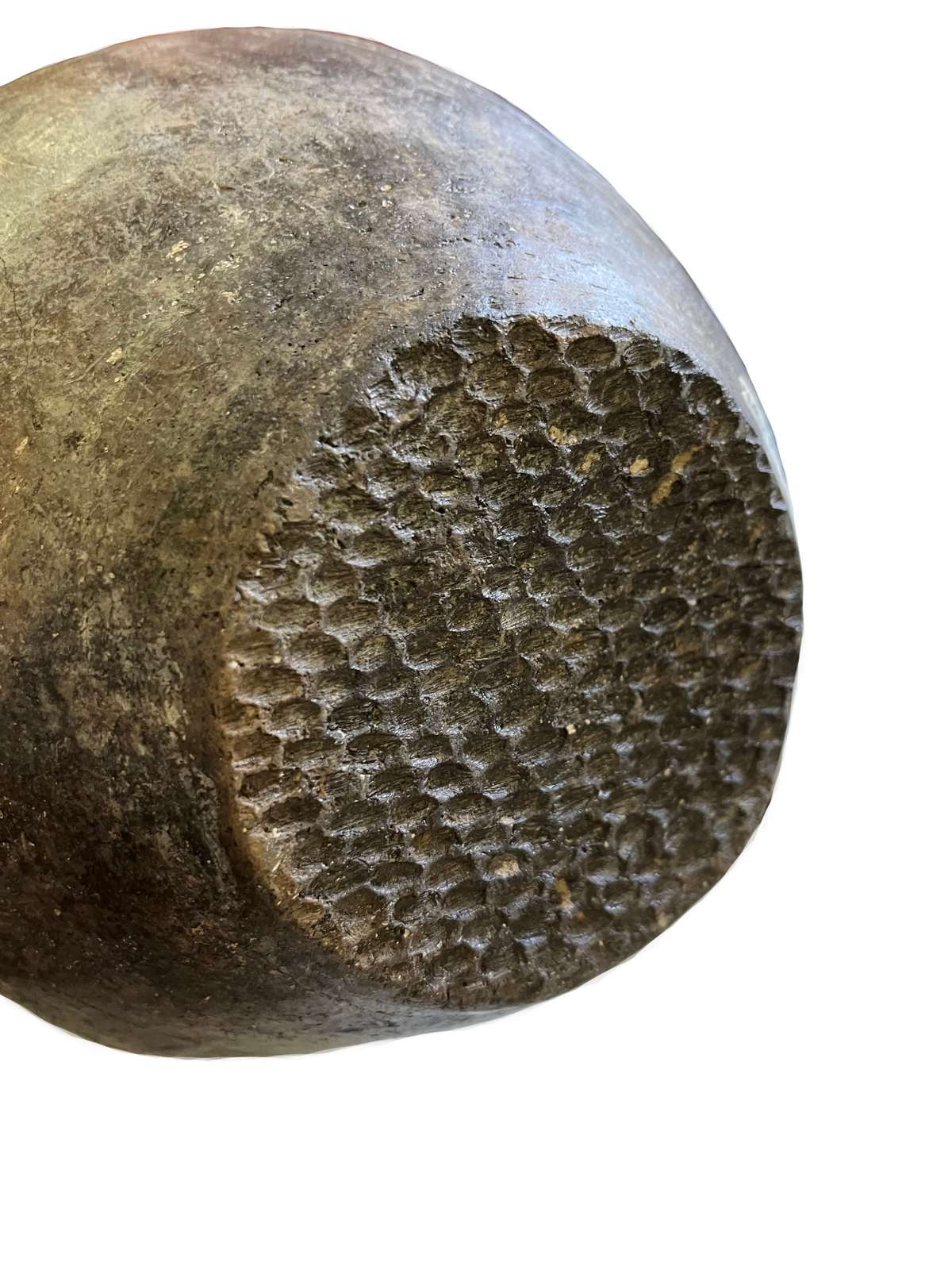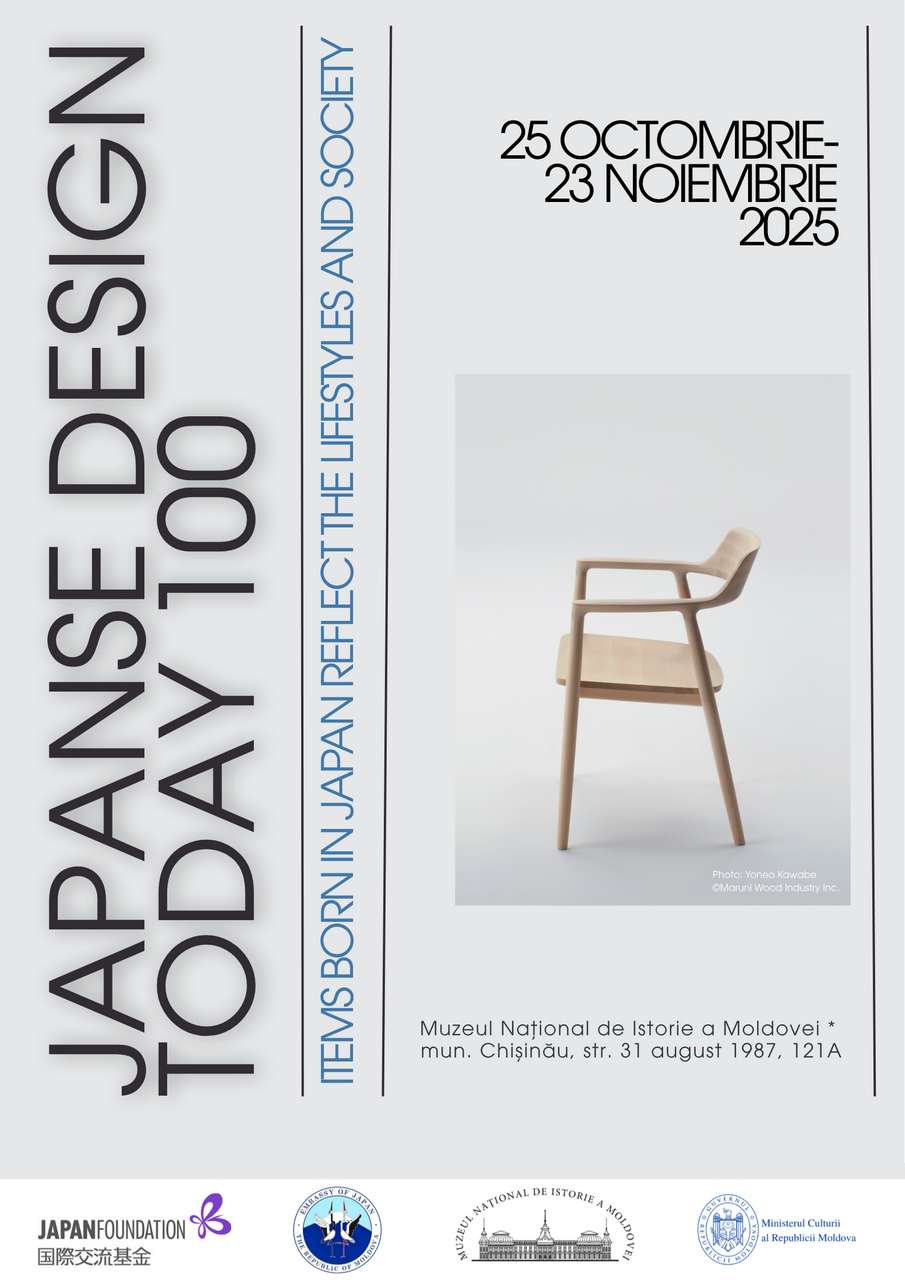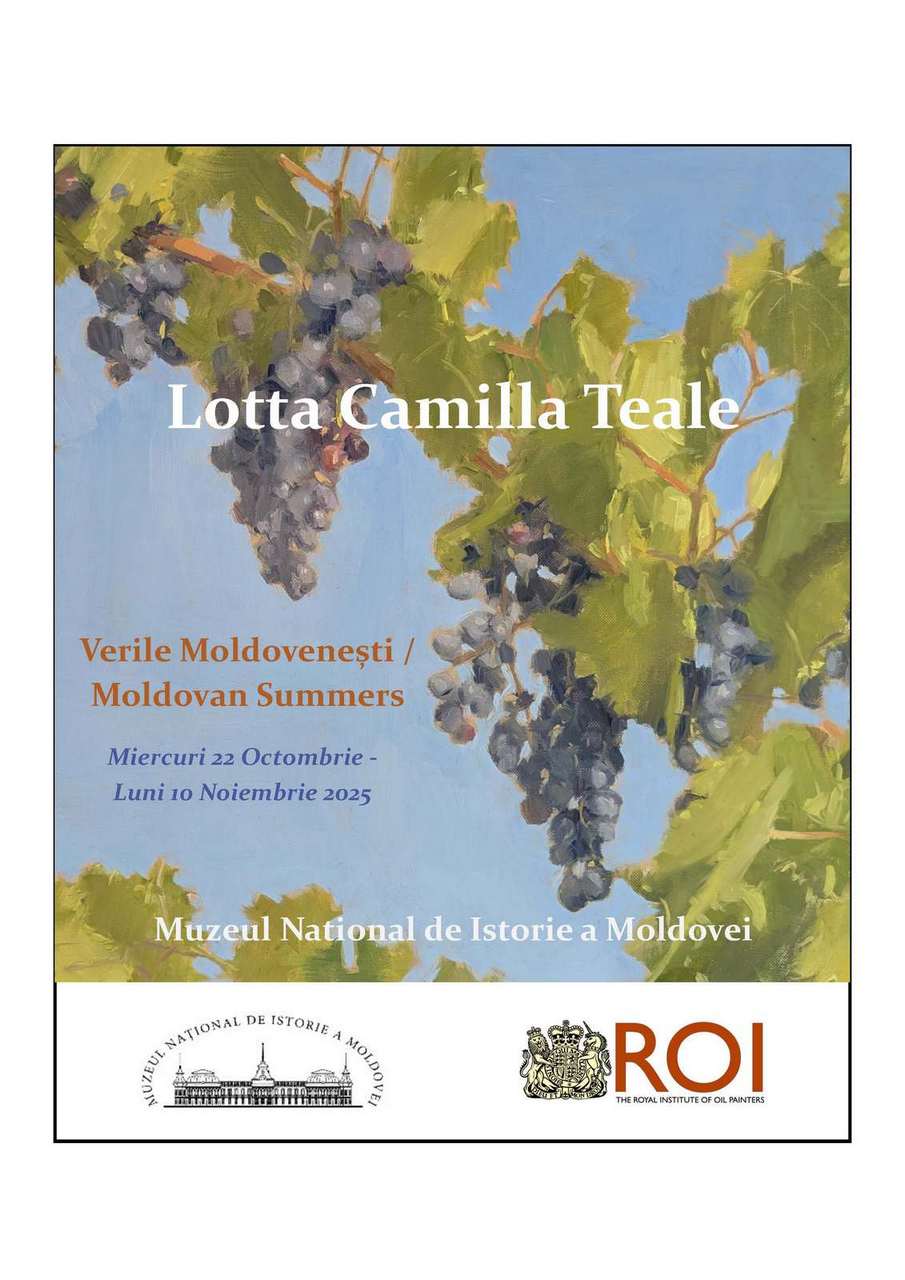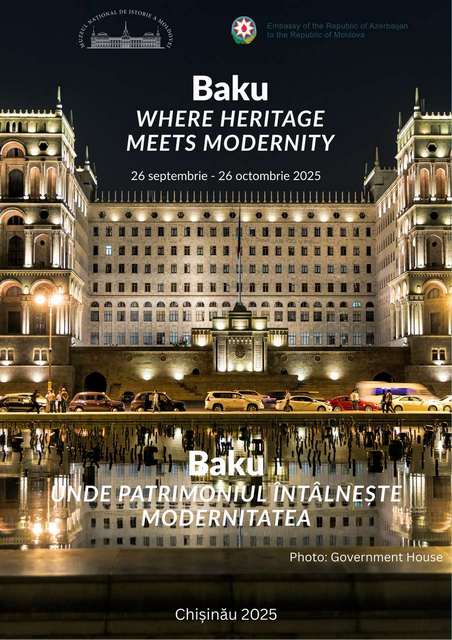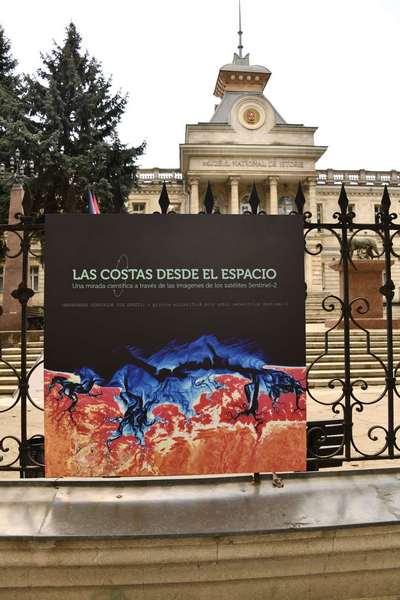  Events Archive Events Archive
The Second Edition of the Author's Wine Festival
September 7-8, 2024
On September 7-8, 2024, the National History Museum of Moldova hosted the second edition of the Author's Wine Festival, a now traditional event that brings together small local wine producers and wine enthusiasts. Organized by the Association of Small Wine Producers of Moldova, with support from USAID Moldova through the Competitiveness and Rural Resilience Project, the National Office of Vine and Wine, and the Ukraine-Moldova American Enterprise Fund, the festival provided visitors with an authentic and diverse experience where wine culture met historical tradition. In the museum's courtyard, 36 Moldovan wineries showcased their finest wines, from local varieties like Feteasca Neagră and Rara Neagră to Moldovan interpretations of international wines. The event offered the public a unique opportunity to discover the stories and traditions behind each bottle, with each tasting providing an insight into the local winemaking art. The National History Museum of Moldova contributed to the festival's atmosphere with a special exhibition dedicated to the history of winemaking and viticulture traditions. One of the standout exhibits was the imprint of a grapevine leaf discovered in the Cucuteni site of Brînzeni VIII "Sâiece" in 1980 by Vsevolod Marchevici. This relic illustrates the ancient and continuous winemaking traditions in our region, connecting the festival to a millennia-old cultural heritage. Present at the event, the Secretary of State of the Ministry of Agriculture and Food Industry, Mr. Andrian Digolean, remarked: "The Festival of Author Wines reflects the richness and diversity of winemaking in the Republic of Moldova, highlighting the small producers who passionately contribute to promoting our winemaking traditions. It is an excellent opportunity to support the wine sector and emphasize the importance of Moldovan wine in international markets." Throughout the two-day event, visitors participated in guided tastings led by renowned sommeliers, masterclasses, Wine Talks sessions, and enjoyed live concerts by Cristina Scarlat Band, Mahaya Band, and DJ Wade. The festive atmosphere was complemented by cultural and recreational activities, attracting over 4,500 participants from both Moldova and Romania. A highlight of the festival was the visit of President Maia Sandu, who honored the event with her presence and emphasized the importance of supporting small wine producers, a vital sector for the country's economy and culture. The President appreciated the diversity of wines presented and the organizers' efforts to create a platform to promote local values. This festival was not only a celebration of quality wine but also an opportunity to honor Moldova's winemaking traditions, deeply rooted in history and an integral part of our cultural identity.
|




